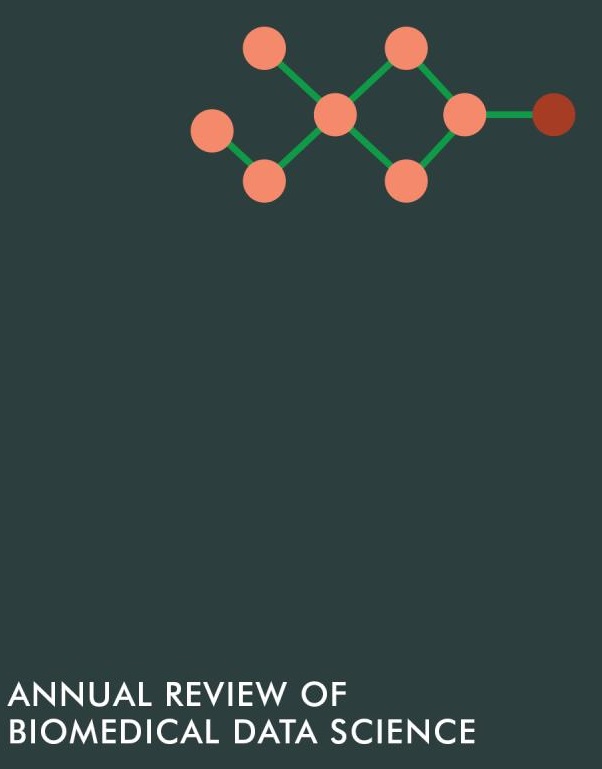理解序列变异对三维基因组结构影响的计算方法。
IF 7
Q1 MATHEMATICAL & COMPUTATIONAL BIOLOGY
Annual Review of Biomedical Data Science
Pub Date : 2022-05-10
DOI:10.1146/annurev-biodatasci-102521-012018
引用次数: 1
摘要
解码基因组序列及其变异如何影响三维基因组结构对于理解各种性状和疾病的遗传结构是必不可少的。三维基因组组织可以通过基因组变异显著改变,进而影响基因组序列的功能。跨空间尺度测量三维基因组结构的技术为理解三维基因组如何依赖于基因组序列以及序列变化如何改变基因组结构开辟了新的可能性。计算方法已经成为分析和建模序列对三维基因组结构影响的工具,而深度学习序列模型的最新发展为研究序列变异与三维基因组之间的相互作用开辟了新的机会。在这篇综述中,我们重点介绍了序列变异对三维基因组影响的检测和建模的计算方法,并讨论了这些方法所带来的机会。预计《生物医学数据科学年度评论》第5卷的最终在线出版日期为2022年8月。修订后的估计数请参阅http://www.annualreviews.org/page/journal/pubdates。本文章由计算机程序翻译,如有差异,请以英文原文为准。
Computational Approaches for Understanding Sequence Variation Effects on the 3D Genome Architecture.
Decoding how genomic sequence and its variations affect 3D genome architecture is indispensable for understanding the genetic architecture of various traits and diseases. The 3D genome organization can be significantly altered by genome variations and in turn impact the function of the genomic sequence. Techniques for measuring the 3D genome architecture across spatial scales have opened up new possibilities for understanding how the 3D genome depends upon the genomic sequence and how it can be altered by sequence variations. Computational methods have become instrumental in analyzing and modeling the sequence effects on 3D genome architecture, and recent development in deep learning sequence models have opened up new opportunities for studying the interplay between sequence variations and the 3D genome. In this review, we focus on computational approaches for both the detection and modeling of sequence variation effects on the 3D genome, and we discuss the opportunities presented by these approaches. Expected final online publication date for the Annual Review of Biomedical Data Science, Volume 5 is August 2022. Please see http://www.annualreviews.org/page/journal/pubdates for revised estimates.
求助全文
通过发布文献求助,成功后即可免费获取论文全文。
去求助
来源期刊
CiteScore
11.10
自引率
1.70%
发文量
0
期刊介绍:
The Annual Review of Biomedical Data Science provides comprehensive expert reviews in biomedical data science, focusing on advanced methods to store, retrieve, analyze, and organize biomedical data and knowledge. The scope of the journal encompasses informatics, computational, artificial intelligence (AI), and statistical approaches to biomedical data, including the sub-fields of bioinformatics, computational biology, biomedical informatics, clinical and clinical research informatics, biostatistics, and imaging informatics. The mission of the journal is to identify both emerging and established areas of biomedical data science, and the leaders in these fields.

 求助内容:
求助内容: 应助结果提醒方式:
应助结果提醒方式:


